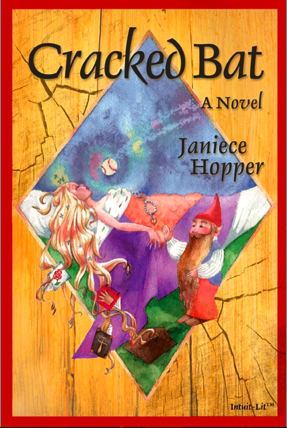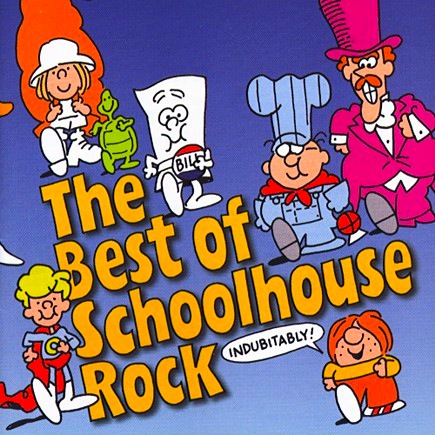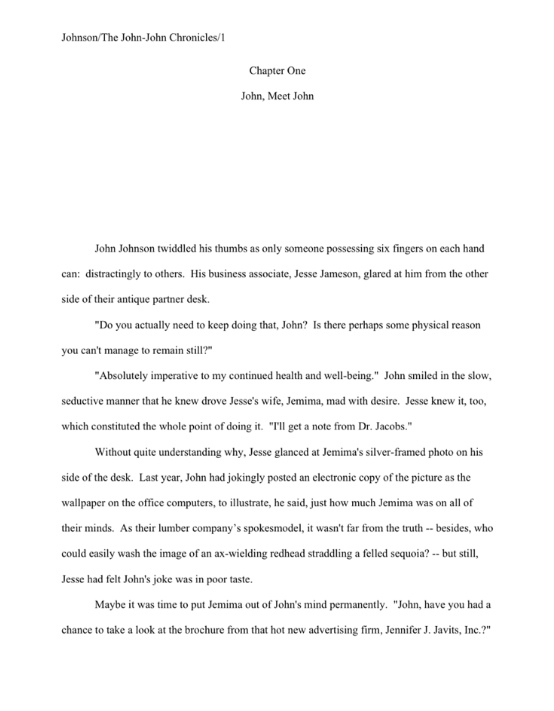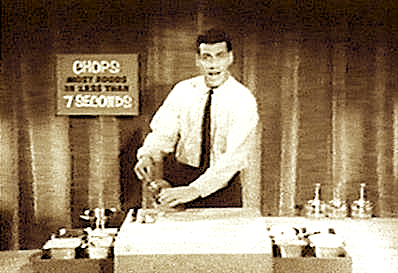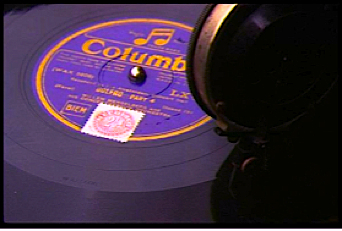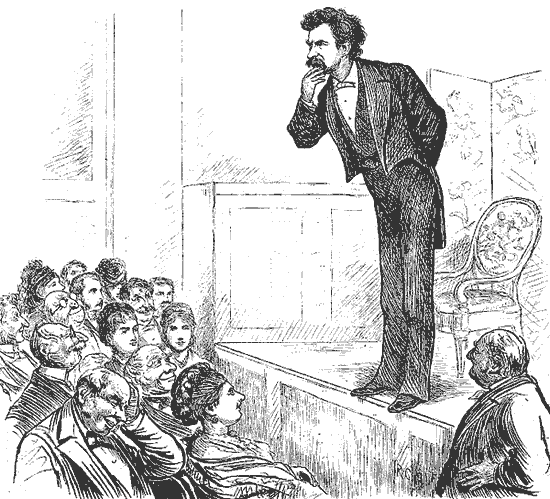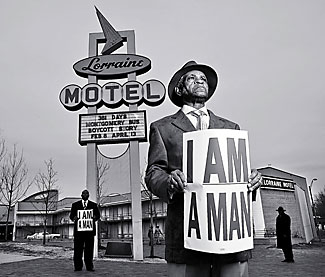
Yes, I really did take this photo myself — and yes, I really did take it within the last few weeks. Cathar country is positively rife with castles of various descriptions.
Not that one positively requires castles nearby in order to enjoy a productive writing retreat, of course. But I have to say, it doesn’t seem to hurt.
Well, I got sidetracked in my last post, didn’t I? I got you all excited about the Frankenstein manuscript phenomenon, promised to tell you how to work through it — and then wrote about other things for a couple of days.
Sorry about that; I’m back in the saddle today.
For those of you just tuning in, a Frankenstein manuscript is a work that — usually inadvertently — is written in so many different voices, styles, structures, and even quality of writing that it reads as though it had been written by a committee. Since I have literally never heard a single speaker at a writing conference address this very common problem — but have so often heard agents, editors, contest judges, writing teachers, and freelance editors complain about it in private — I wanted to alert my readers to it, lest the monster return again.
Because it will, you know. The first rule of horror is that the monster always returns.
In a way, a Frankenstein manuscript is a gift for a busy agent, editor, or judge, because it’s so very easy to reject. While I am generally very much in favor of writers doing everything they can, short of laundry or house-painting, to make their agents’ and editors’ lives easier, trust me, you do not want to be on the donating end of such a gift.
Seriously, from a professional reader’s point of view, it’s no-brainer rejection if ever there was one: clearly, Millicent the agency screener thinks, if the author herself did not catch the Frankensteinish inconsistency of the text, the book needs to go through at least one more major edit.
And believe me, this needs another editing run-through is not something you want Millicent to think while considering whether to pass your submission on to her boss, the agent of your dreams. Remember, in order to reject the manuscript, all she needs to think is, “While it’s an interesting premise,” (or voice, or style, etc.) “the author needs to work on craft, structure, and consistency.”
In other words: “Next!”
I know I say this a lot, but it bears repeating: aspiring writers tend to overestimate, sometimes radically, the amount of time and energy an agent will be willing to invest in their first books. Think about it: every moment an agent devotes to nursing a new client’s manuscript into a publishable state is a moment that he is not spending selling books. Or reading the new works of clients who have already made him money. Or, perhaps closer to the hearts of agent-seekers everywhere, scanning submissions from aspiring writers.
Contrary to popular opinion, agencies are very seldom charitable institutions, devoted selflessly to the promotion of great literature. Even agencies that do in fact represent great literature are in the game to make money. In order to do that, they need to sell books.
Which means, in case I’ve been too subtle so far, that they’re looking for manuscripts that they not only could conceivably sell to publishing houses, but sell quickly in the current market. By definition, a manuscript that needs a whole lot of work is not going to be ready to market as soon as one that does not.
Besides, agencies receive too many letter-perfect submissions to devote much time to fixer-uppers. They figure that the fixer-uppers will come back to them eventually, anyway, all cleaned up.
Without their intervention. The average agent’s faith in the tenacity of the talented is unbounded. He honestly does believe that his dream client can figure out what to give him all by herself.
So trust me on this one: you want yours to be the submission that causes Millicent to exclaim, “Oh, this one’s ready to go out to editors right now!”
A Frankenstein manuscript is virtually never going to provoke that last exclamation, because inconsistency of voice, vocabulary, tone, etc. is a pretty sure sign that the writer has not finalized the narrative. Oh, she may have revised it until she’s blue in the face, but she hasn’t yet gone through the entire thing and smoothed it out so it reads like a unified story.
Here’s a word to the wise: if you are working on your first novel — or any other writing project — over the course of years, do yourself a favor and check it for stylistic consistency before you submit it to ANY agent, editor, or contest.
If you find that your voice wavers a bit throughout, don’t despair. It’s actually quite rare that writers, even extremely gifted ones, find their specific voices right away; allow for the possibility that yours developed while you were writing the book.
Then embrace a two-part revision goal: find the voice, the style, the structure you like best, then make sure that every sentence in the book reflects it.
Incidentally, you simply cannot pull off Part I of that tall order by reading your work in screen-sized chunks. In order to make absolutely sure that your book hangs together cohesively, YOU MUST READ IT IN HARD COPY.
In its entirety. Preferably in a few long sessions, and, if you change narrative voice very often, out loud, to ascertain that your various voices remain absolutely distinct throughout.
Although that last piece of advice is unlikely to come as much of a surprise to long-time readers of this blog, I hear some of you grumbling out there. “But Anne,” the disgruntled protest, “I feel like I’ve been working on this book forever. I’ve revised it so often that I could recite huge chunks of it from memory. And yet you’re telling me to reread the whole thing — aloud, yet?”
Yes, I am. Actually, it may actually be more important for inveterate revisers to read their work IN HARD COPY, IN ITS ENTIRETY, and OUT LOUD.
Why, you gasp in horror? Because the more you revise a novel — or any book — the more likely it is to turn into a Frankenstein manuscript. It is an unintended downside of being conscientious about honing your craft.
Allow me to repeat that: the MORE you work on a novel, the MORE likely you are to end up with a Frankenstein manuscript.
Think about it: over time, you move passages around; you insert new scenes; you add or subtract subplots, characters, dialogue. All of these inevitably affect other parts of the book. Can you really be sure, for instance, that you remembered to remove your protagonist’s sociopathic sister from EVERY place she has ever appeared, even as a shadow on a wall?
And no, in response to what two-thirds of you just thought: merely doing a search-and-replace on the sister’s name is not sufficient, because if a novel is complex and rich, the spirit of individual characters lingers, even when they do not appear on the page. Necessarily, you would need to write the consciousness of the sociopathic sister out of the psyches of every other character in the family.
And that’s just the fall-out from a single change. The vast majority of revision is minor — which does not mean that any given change might not carry resonance throughout the book.
See now why I have been harping on the necessity of sitting down and reading your manuscript in its entirety, in hard copy, AND getting unbiased readers to look it over before you submit it to an agent, editor, or contest? Yes, it’s the best way to catch grammatical, spelling, and continuity errors — but it is also really the only way to notice where a deleted character or plot point still affects the rest of the book.
While you’re reading, do be aware that It is far from uncommon for fledgling writers to incorporate the style, vocabulary, and/or worldview of whatever author they happen to be reading at the moment into their work. It’s sort of like catching an accent when you’re staying in another country: you may not realize that you’re doing it, but others hear and wonder why your accent keeps wandering back and forth between London and Brooklyn.
I’ll admit it: this is my personal Frankenstein bête noire. When I was writing the novel my agent is currently marketing, I was reading a whole lot of Noël Coward. An extremely witty writer; I enjoy his work very much. However, he wrote almost exclusively about (a) pre-WWII British people and (b) people who inhabited now-transformed British colonial possessions. My novel is about the adult lives of children who grew up on an Oregon commune, so obviously, my characters should not talk like Coward’s.
(Although it would have been amusing to try: “My dear, your hot tub attire is simply too killing!” “Reginald, I must implore you to desist from taunting the yoga instructor!” “May one inquire whether this tabbouleh is indeed vegan? The most frightful consequences may ensue otherwise.” “While your sincerity is charming on a multiplicity of levels, Felicia, I cannot fail to notice that you have once again evaded your duties in tending to the sauna’s controls.”)
I made a deliberate effort not to incorporate educated British cadences into my dialogue, and in self-editing, deleted any lines of thought that smacked even vaguely of 1920s urbanity. However, being a very experienced editor, I was aware that I would probably miss a few, so not only did I read the entirety of my novel out loud (much to the astonishment of my cats and neighbors), but I also passed it under the eyes of first readers I trust, with the instruction to keep an eye out for Britishisms.
And you know what? I had missed three in my on-screen revisions.
My point here — other than providing some fascinating footnote material for some graduate student fifty years from now who wants to write her thesis on Noël Coward’s influence upon American novelists — is that no matter how good you get at self-editing on a page-by-page basis, in order to avoid sending out a Frankenstein manuscript, you simply must take additional steps in screening your work.
Get used to it now: you will never outgrow the need. No writer does.
Partially, it is a focus problem. In the throes of the revision process – especially on a computer screen, which encourages reading in a piecemeal, episodic fashion not conducive to catching overarching patterns — it is terribly easy to lose sight of your book AS A BOOK.
This is where a writers’ group, a good writing teacher, a freelance editor, or even someone you’ve met at a writers’ conference with whom you can exchange work can be most helpful to you: helping you identify what in the finished book jars with the integrity of the whole. These sources are also great for pointing out continuity errors, such as when the sociopath is named Janet for three chapters in the middle of the book, and Marie-Claire for the rest.
Not only will dependable outside eyes weed out Frankenstein tendencies, but the mere fact of having to defend your authorial choices to them will force you to make all of your deviations from standard narrative conscious, rather than accidental.
Such discussions are also terrific practice for wrangling with your future agent and editors, by the way.
If you’re going at it alone, my advice is this. Once you have read through the whole manuscript, go back and read it again, projecting onto it the style and/or voice you like best.
Does it work? If not, pick another style or voice from the text, and project it through the entire manuscript.
When you find one you like, save the original manuscript as a separate file (so you have the option of changing your mind later; it’s been known to happen), and work through a separate copy, establishing the new style. Then, after you have finished, read the entire thing out loud again, for consistency.
Heck, yes, this is going to take you a lot of time. Honestly, it will take you far, far less time, in both the diagnosis and repair stages, if you take your Frankenstein manuscript on a field trip to other readers before you submit it to an agent or editor. If a writing group or class seems too time-consuming, consider hiring a freelance editor; if a freelance editor seems too expensive, join a writing group.
When you are making these calculations, do not forget to weigh the value of your time into the equation. If joining a group or paying an editor saves you a year’s worth of solo work, it might well be worth it.
Which brings me to the great question that loyal reader Pam submitted sometime back: how does one FIND a freelance editor like me?
Well, Pam, as it happens, I have established a rather extensive set of posts addressing that very question. They may be found collected on the archive list at right, under the startlingly original category title HOW DO I FIND A FREELANCE EDITOR? Those posts will give you a sense of what services an editor provides (not all of us do the same thing), what to expect to pay (which varies depending upon the level of editing), and what questions you might want to ask before you sign anything that looks even remotely like a contract.
For writers in the Pacific Northwest, another great resource is the Northwest Independent Editors’ Guild’s website. For each member editor, there’s a small blurb and contact information. You can search by geographic region, the type of book you want edited, even preferred style manual, or you can post your job for editors to see.
You’re going to want either to go through an organization or get a referral to find a reputable editor, because emotionally, handing your book over to a total stranger for criticism is a difficult thing; you will want to make sure in advance that you can trust the recipient. NWIEG verifies that each member has significant editorial experience — and believe it or not, we actually do argue about punctuation on our members’ forum — so you can feel relatively secure that any editor listed will have the skills and background s/he claims s/he does.
Do take the time to have a conversation or e-mail exchange with any freelance editor before you make a commitment, however. A good personality fit is very important, and it is perfectly legitimate to ask a potential editor whether s/he has ever edited your type of book before.
Just as no agent represents every variety of book under the sun, no freelance editor will have experience with every book category. While there are plenty of editors out there who are willing to take pretty much anything (for a price), working with someone who is intimately familiar with the particular demands of your book category in the current market is probably going to be more helpful to you than working with a generalist.
One more word on the subject: if you are thinking about asking a freelance editor to work on a tight deadline, do not wait until the deadline is imminent. Good freelance editors are often booked up months in advance, and if you want a careful, thoughtful, professional read, you need to allow time for the editor to do her job.
Thanks for the good question, Pam — and keep up the good work, everybody!
PS: in case anyone missed Monday’s announcement, the deadline for submitting entries to the First Periodic Author! Author! Awards for Expressive Excellence is now Monday, June 1, at midnight wherever you are. Follow this link to the rules and descriptions of the fabulous prizes, and may the best writer win the ECQLC! (Eye-Catching Query Letter Candy, that is.)
